Not only were they slow, they also had limited storage and couldn't run as many apps as their more expensive counterparts. Years later, however, the world of budget Android phones has actually come a long way, although you still need to be careful about what you define as "budget."

Cheap Android phones from about 10 years ago had quite limited configurations.
PHOTO: K. VAN
From limitations to transformation
Buying a cheap Android phone used to be a risky decision. While there were some good models, users often had to make many compromises. For example, these phones struggled to use the latest apps. You couldn’t even use Google Maps until you got one of the first Google Nexus phones, forcing you to rely on dedicated GPS devices like Garmins.
While internal storage isn't a big issue thanks to the ubiquitous microSD card slot, some devices can't function without an expandable memory card, and users often have to move photos, music, or apps to the memory card for convenience.
Even more disappointing is the camera quality. In the past, taking photos on a cheap Android phone was almost pointless unless you had something to prove. The resolution and noise were often poor. Even though things have improved over time, you can’t expect great photos unless the lighting is perfect.
Now, budget Android phones have become more affordable thanks to economies of scale and manufacturers have solved the core problems. New flagship phones have paved the way for cheaper components to be manufactured for cheaper models. Samsung's Galaxy A16, for example, has a 6.7-inch OLED display, an octa-core chip, a 50MP main camera, and 128GB of storage. Even the 4G version can handle apps like Instagram and Google Maps without any problems.

However, things have improved a lot after about 10 years.
PHOTO: REUTERS
Things to note when buying cheap Android phones
However, users still need to be careful when buying cheap Android phones. If you consider your phone as the only camera for recording daily images, users may feel disappointed because the sensor is still poor. In particular, the performance of cheap phones may decline in the next few years as applications and the Android operating system continue to improve.
It's often safer to spend a little more on a mid-range Android phone. In fact, the line between "cheap" and "mid-range" phones is increasingly blurred. At $500, the Galaxy A56 5G isn't exactly cheap, but it's still significantly cheaper than other high-end models.
In short, reading reviews and choosing the best product within your budget is important if you want to own a phone that will last. The lesson is that users will be less likely to buy a bad product in 2025 than they were in 2015.
Source: https://thanhnien.vn/dien-thoai-android-gia-re-ngay-cang-dang-mua-185250730150544835.htm





![[Photo] Prime Minister Pham Minh Chinh launched a peak emulation campaign to achieve achievements in celebration of the 14th National Party Congress](https://vphoto.vietnam.vn/thumb/1200x675/vietnam/resource/IMAGE/2025/10/5/8869ec5cdbc740f58fbf2ae73f065076)


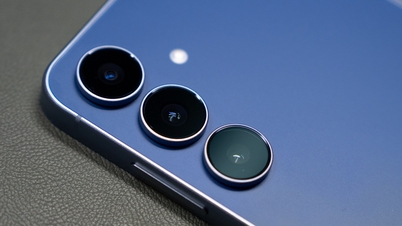


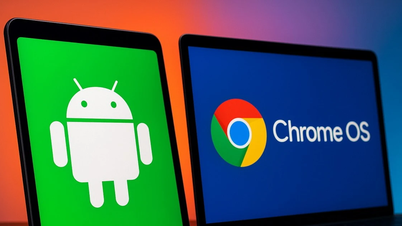






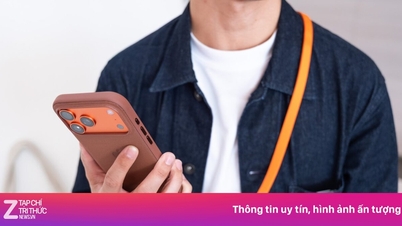

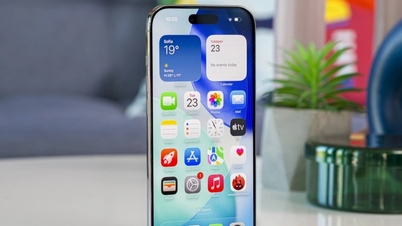

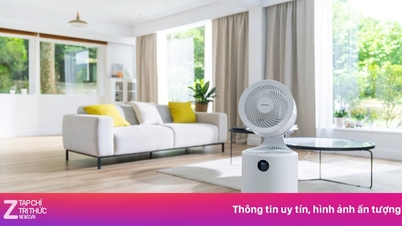
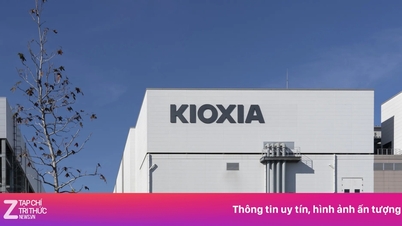
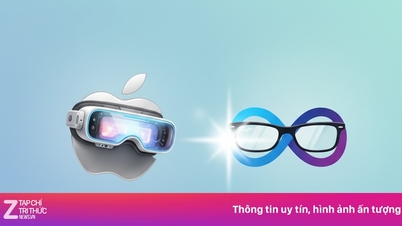











![[Photo] Bustling Mid-Autumn Festival at the Museum of Ethnology](https://vphoto.vietnam.vn/thumb/1200x675/vietnam/resource/IMAGE/2025/10/4/da8d5927734d4ca58e3eced14bc435a3)





















![[VIDEO] Summary of Petrovietnam's 50th Anniversary Ceremony](https://vphoto.vietnam.vn/thumb/402x226/vietnam/resource/IMAGE/2025/10/4/abe133bdb8114793a16d4fe3e5bd0f12)

![[VIDEO] GENERAL SECRETARY TO LAM AWARDS PETROVIETNAM 8 GOLDEN WORDS: "PIONEER - EXCELLENT - SUSTAINABLE - GLOBAL"](https://vphoto.vietnam.vn/thumb/402x226/vietnam/resource/IMAGE/2025/7/23/c2fdb48863e846cfa9fb8e6ea9cf44e7)













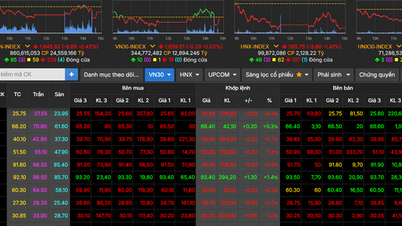




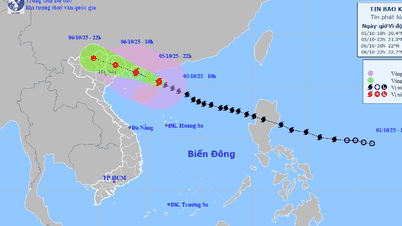














Comment (0)